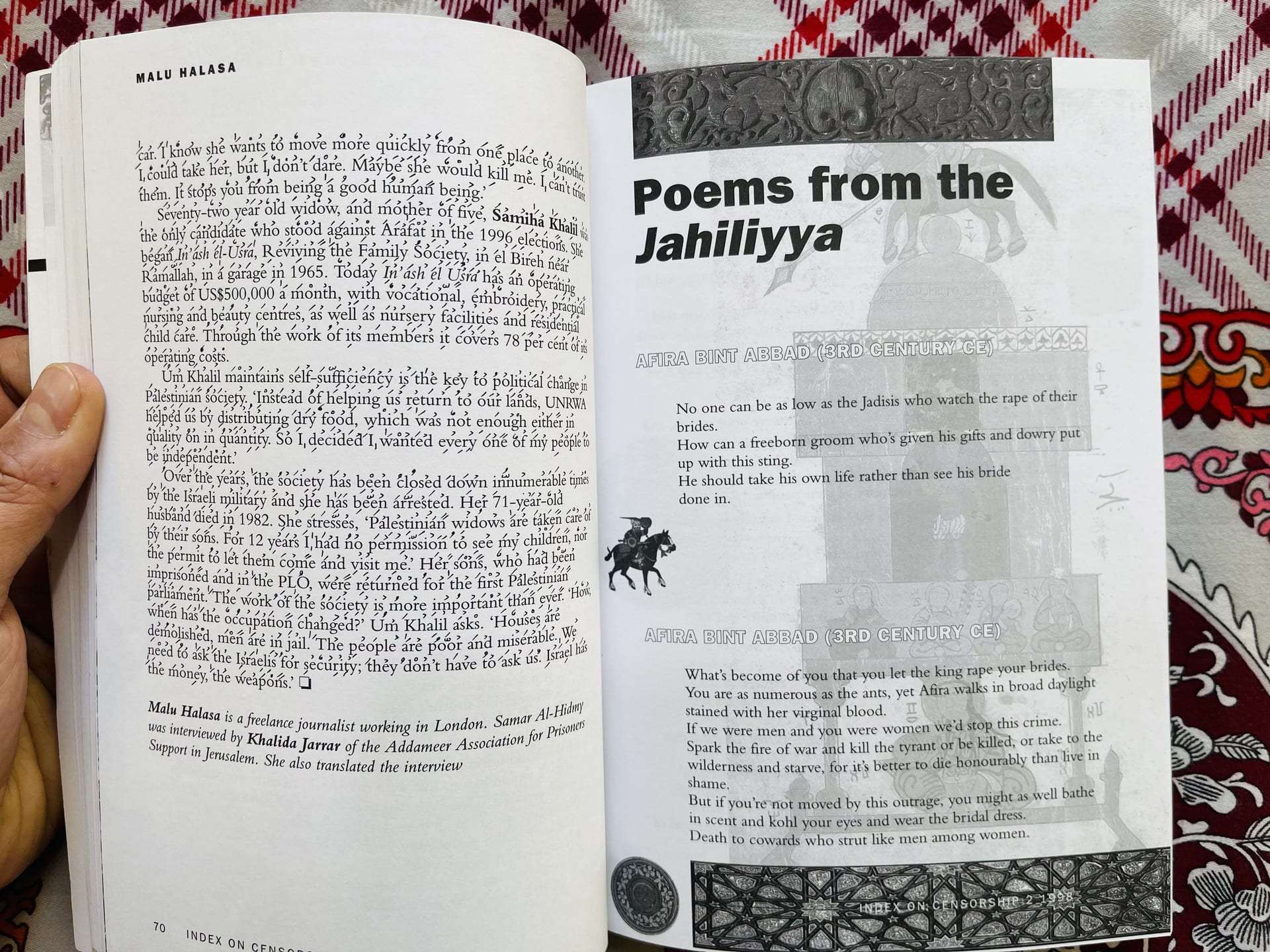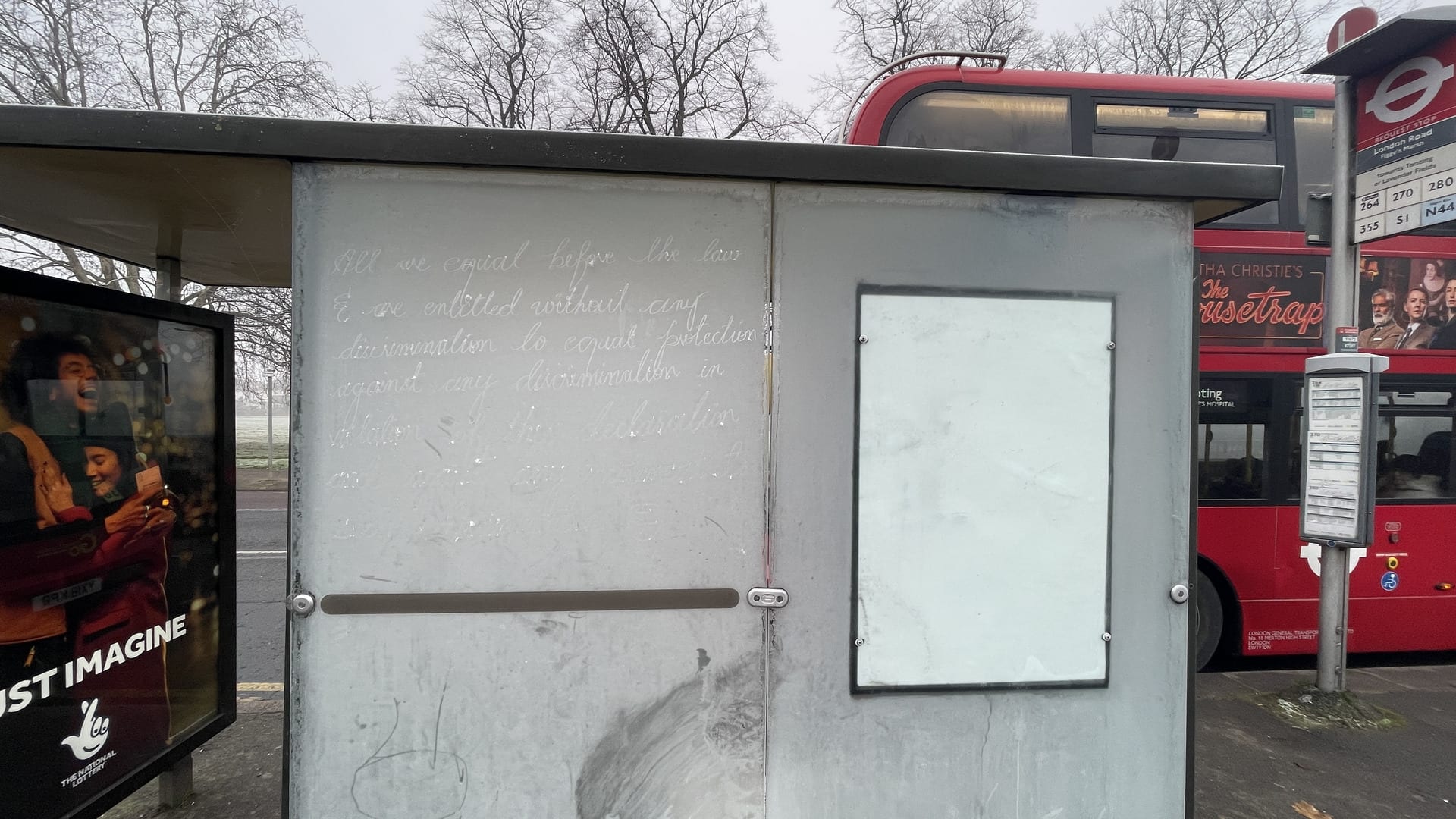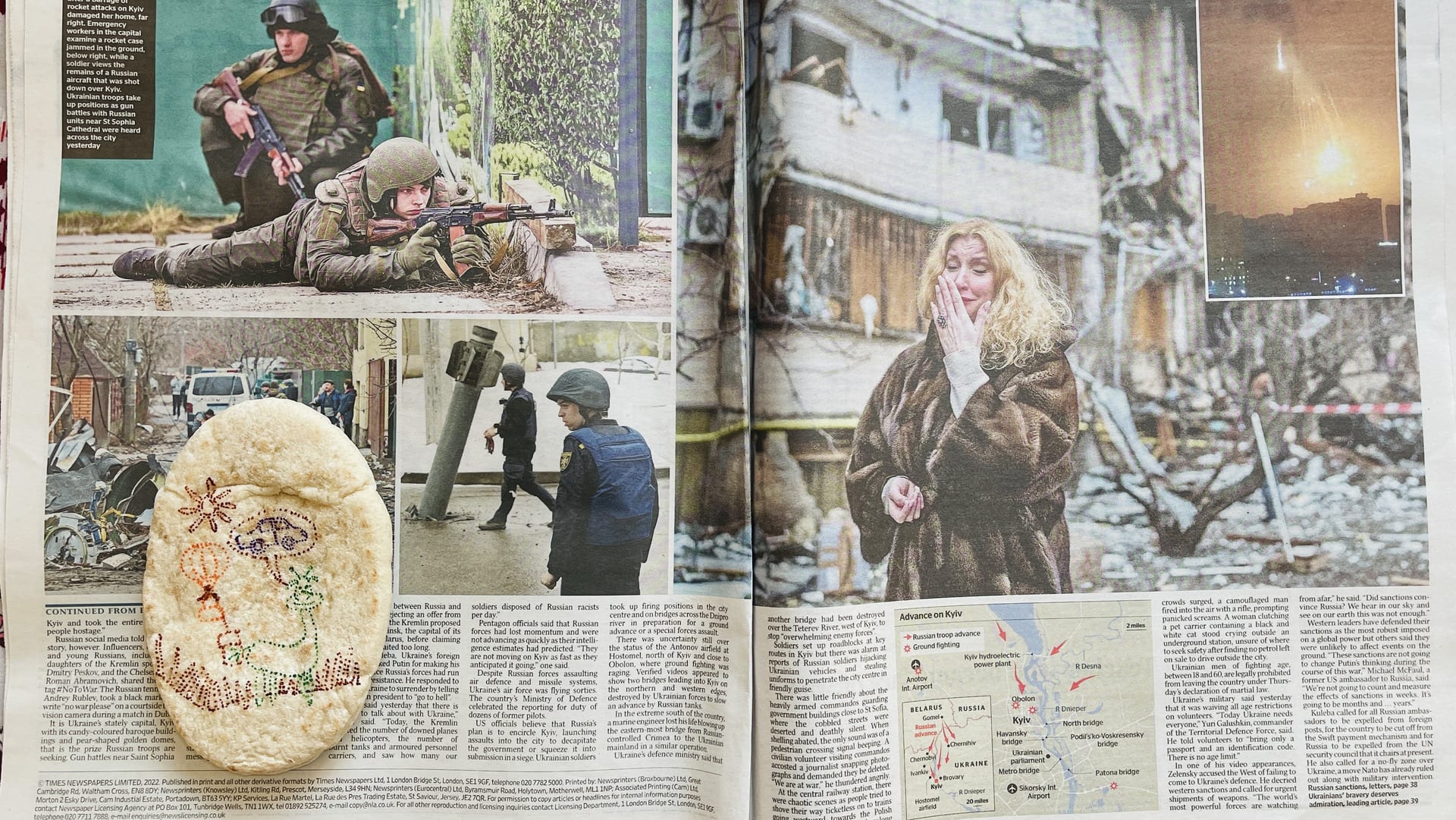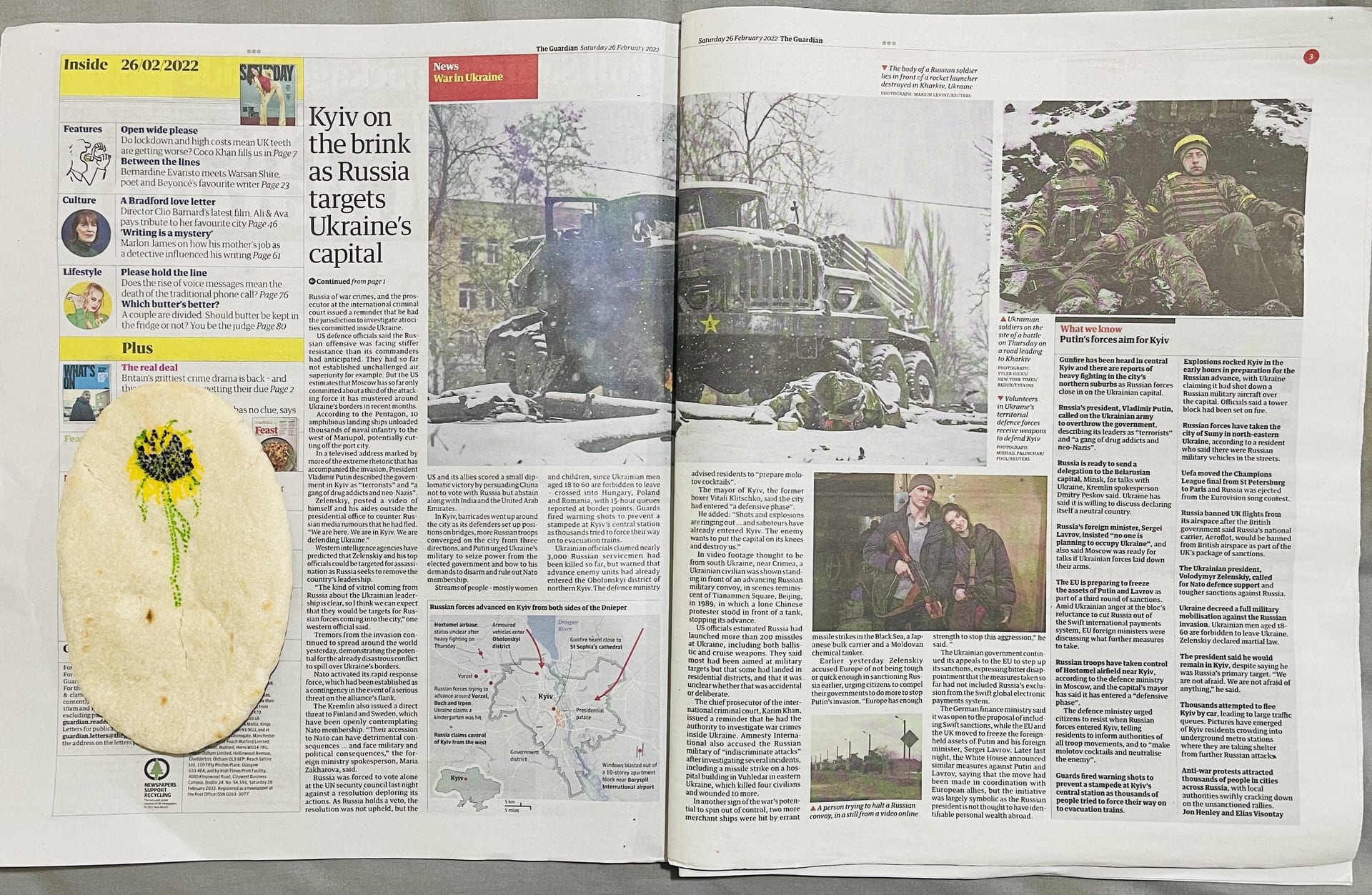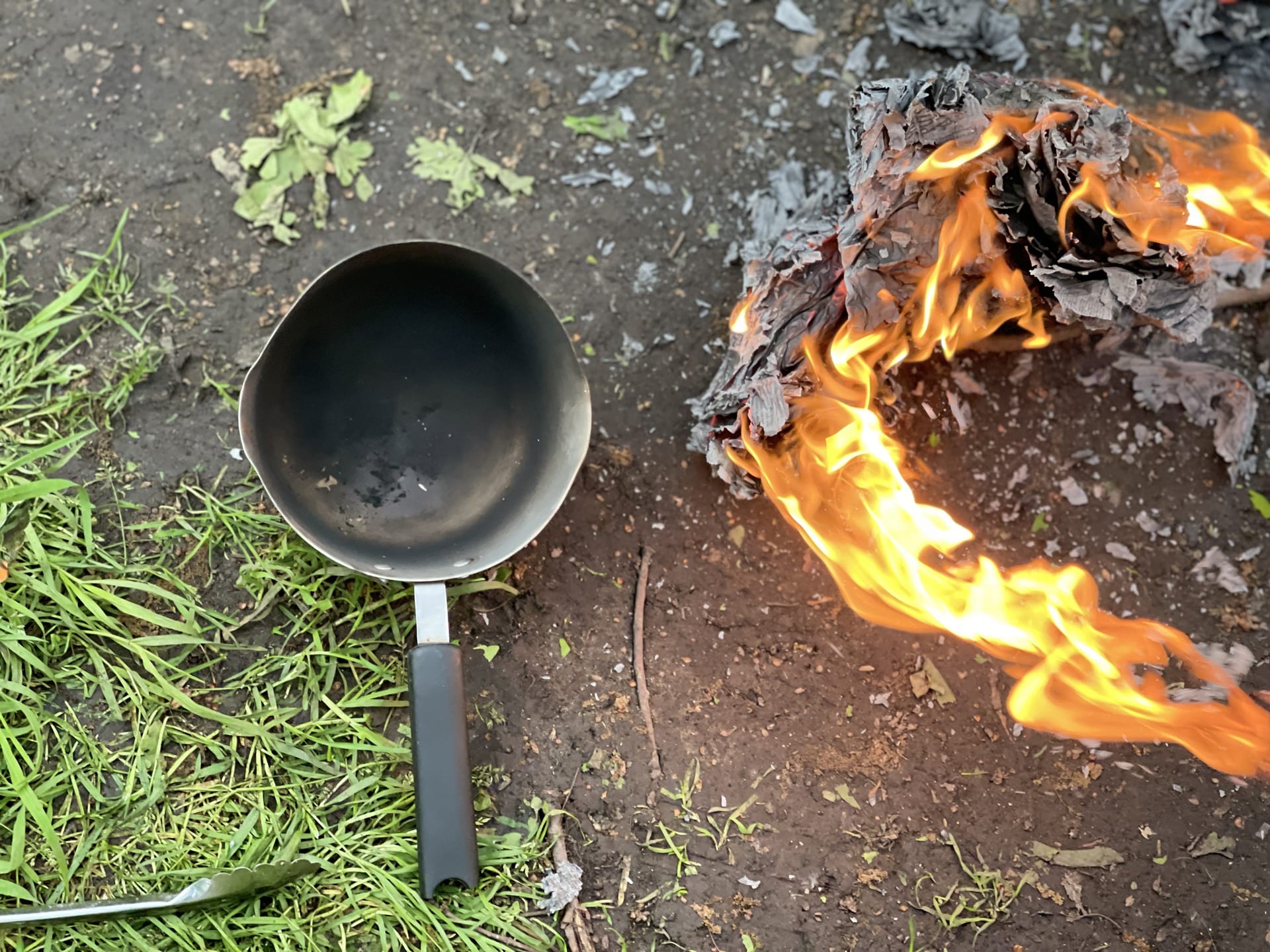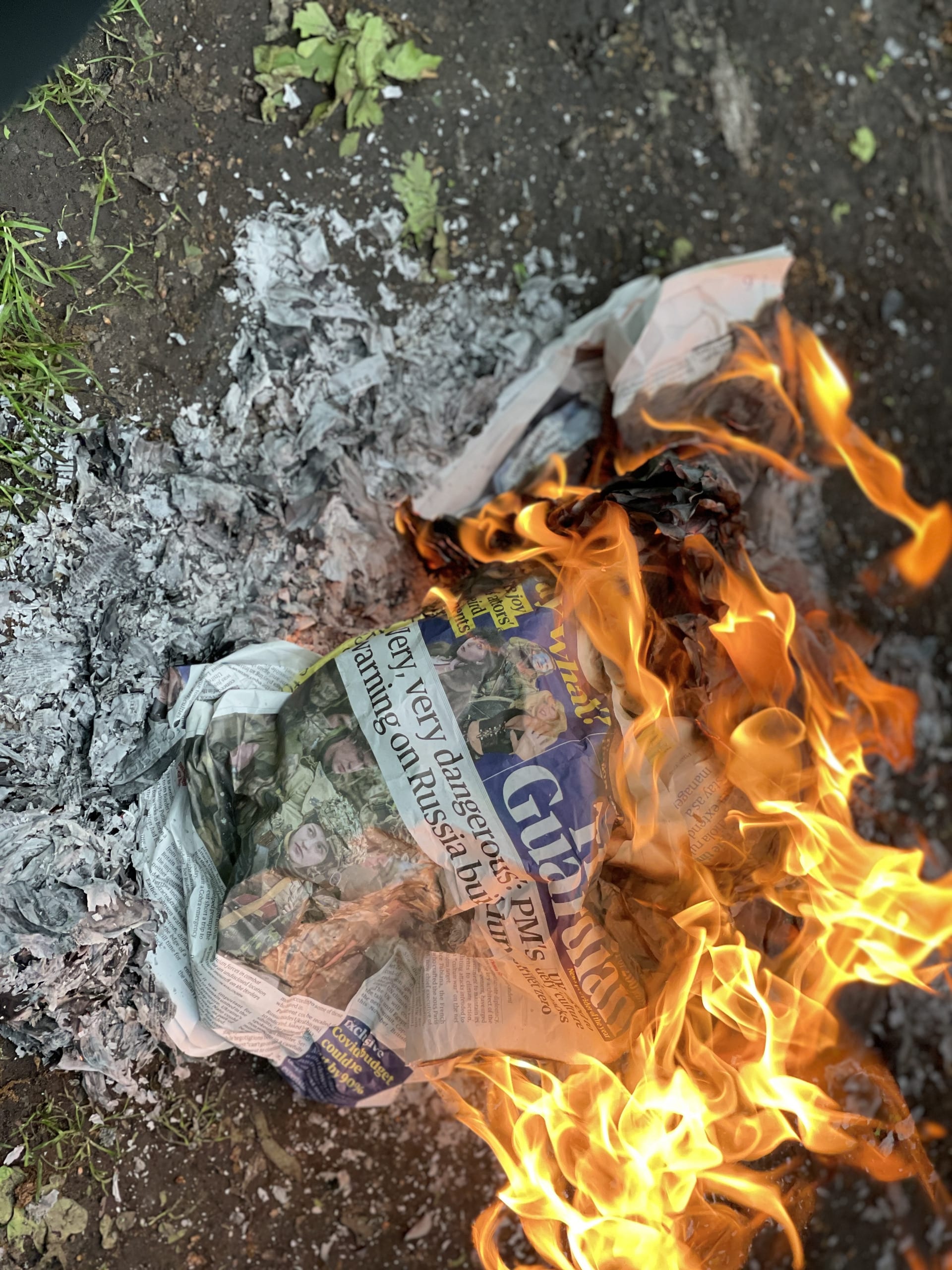Mujtaba Asif holds a master's degree in Contemporary Art Practice from the Royal College of Art, the United Kingdom, and a Bachelors degree in Fine Arts from the Department of Visual Studies at the University of Karachi, Pakistan. He was awarded the first Vasl year-long Research Grant for Emerging Artist in 2018. He has participated in residencies at Vasl TaazaTareen 10 and the Open Studio Ceramic Residency at Indus Valley School of Art and Architecture in Karachi, Pakistan.
In 2018, Asif held a solo show at Canvas Gallery (Pakistan) and has exhibited his works at various institutions including the National Museum of Pakistan (Pakistan), the Foundation for the Museum of Modern Art (Pakistan), VM Art Gallery (Pakistan), Aicon Gallery (United States) and The Truman Brewery (England). Recently, he performed at Tate Lates at Tate Modern London (England).
Asif's artistic exploration revolves around themes such as the fragility of peace, hierarchies in human suffering, and psychological and emotional loss. Asif has both voluntarily and non-voluntarily taught at various institutes in Pakistan. In 2017, he curated a public art project titled "I AM KARACHI – Walls of Peace."
He is currently based in London.



